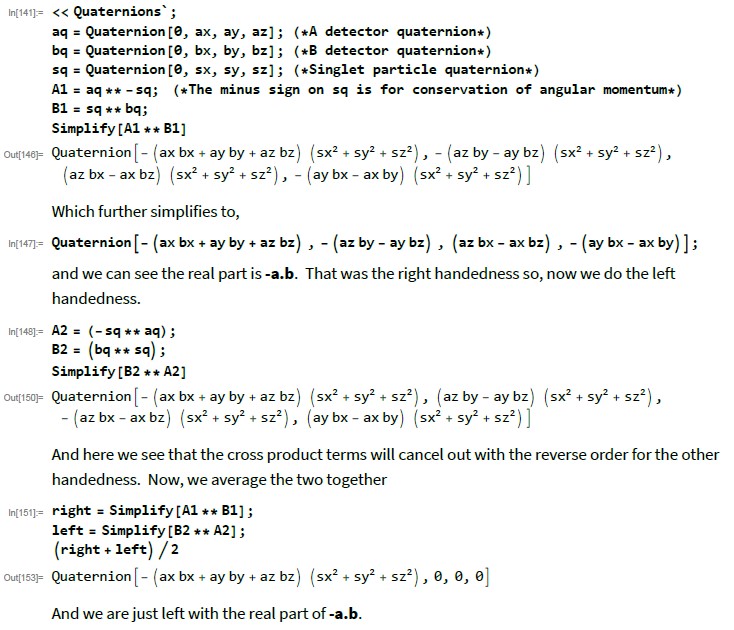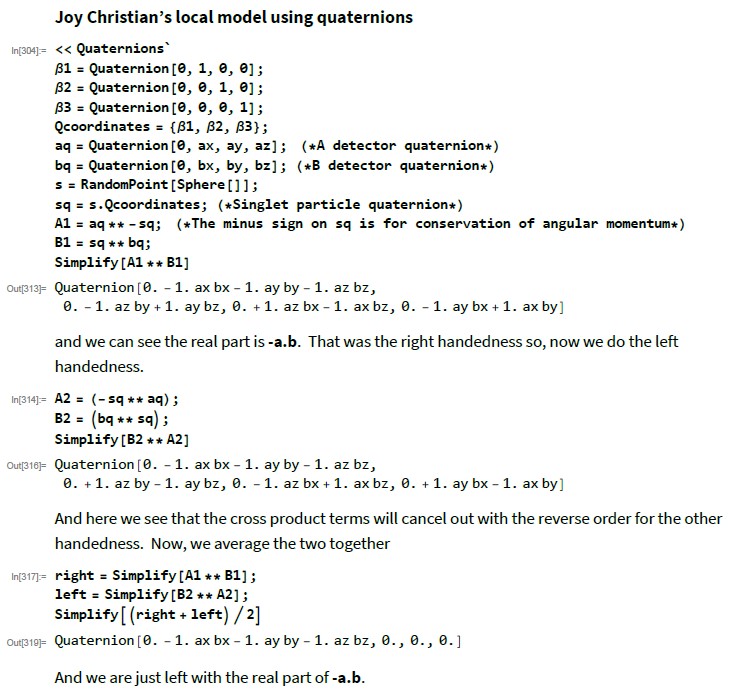FrediFizzx wrote:@gill1109 Ah but of course, some lamo wants to further debate it so he can spew more nonsense about it.
I don't want debate, I want scientists who make mistakes to correct those mistakes. And I would of course appreciate apologies for the personal attacks which followed my pointing out their mistakes. When you publish something, you put it up for public debate.
Meantime I got a message from "Entropy" that a committee is evaluating a complaint by Joy Christian about my paper which appeared there "Does Geometric Algebra provide a loophole to Bell's Theorem?" They tell me that my correction note will be handled after they have resolved Christian's complaint, which could of course lead to further corrections. In the meantime, the correction note is published on the arXiv version of the paper
https://arxiv.org/abs/1203.1504.
I would appreciate receiving a copy of the complaint, in all confidence. I have asked to see it. It should go to the dean of my faculty as well, if not also to the rector of my university. I hope that Entropy carries out a thorough and unprejudiced investigation.
Not so long ago, Fred told us here what, in Bell's view, Bell's theorem is. You can find it in Bell's "Reply to critics":
Can one find some functions (2) and some probability distribution π(µ) which reproduces the correlation (1)? Yes, many, but now we add the hypothesis of locality, that the setting b of a particular instrument has no effect on what happens, A, in a remote region, and likewise that a has no effect on B:
A(a, µ), B(b, µ). (3)
With these local forms, it is not possible to find functions A and B and a probability distribution π which give the correlation (1). This is the theorem. The proof will not be repeated here.
Fred has not shown us a counter-example to Bell's theorem. He does not give us functions A(a, lambda) and B(b, lambda), taking values +/-1, and he gives us no probability distribution pi of a "hidden variable" lambda, together reproducing the singlet correlations by an expression of the usual form - a . b = int A(a, lambda) B(b, lambda) pi(d lambda). Joy Christian never did that, either. Nor did any of Joy's computer programmers - at least, he thinks they were programming his model - over the years (John Reeds, Chantal Roth, Michel Fodje, Albert-Jan Wonninck, Fred Diether, Richard Gill).


